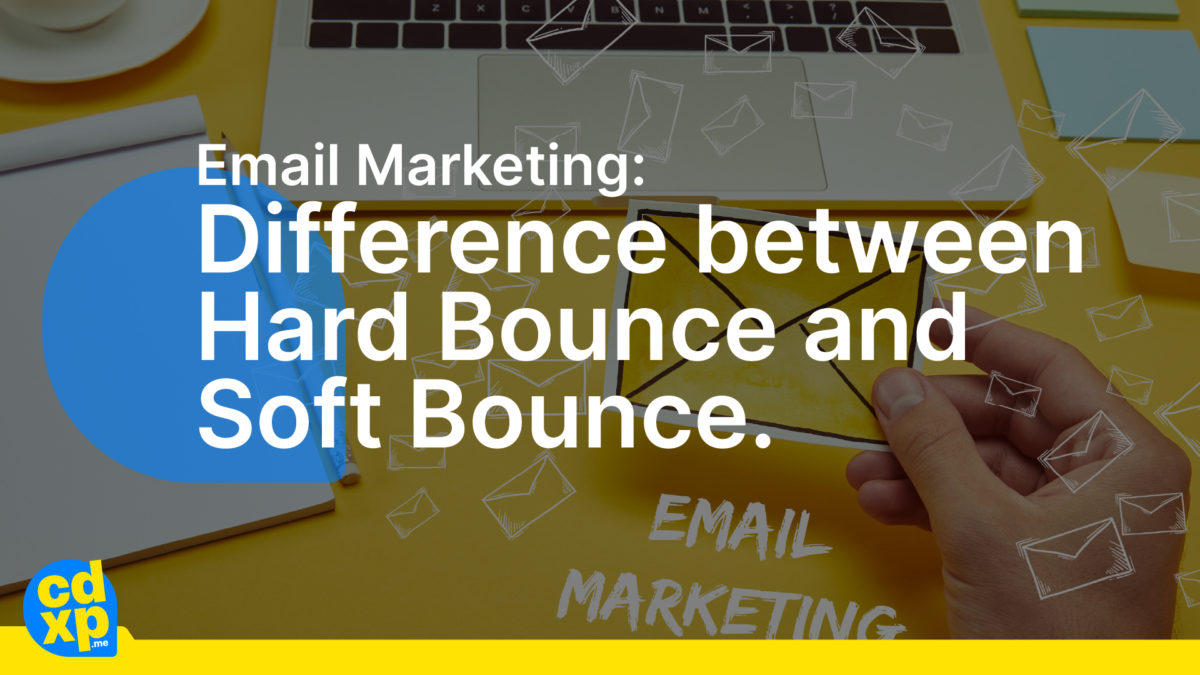Bounce rates, what’s that?
Email is the 101 of business communication, who sends a pigeon nowadays!
Imagine the pigeon returns and was unable to deliver the sent mail, with messages like, receiver not home, no receiver, uninteresting information, received this already…do not send again, declined!
Well…let’s just say, your pigeon got bounced! A hard bounce being a permanent reason why your mail hasn’t been delivered and a soft bounce a temporary reason.
Bounces
Bounced emails, also referred to as Non-Delivery Report/Receipt (NDR) can be rated as follows:
- 26% – 40% = excellent
- 41% – 55% = roughly average
- 70% = disappointing except for blogs, news, events, etc.
Hard bounce
Hard bounce email addresses are generally cleared from your audience automatically. These will be excluded from future campaign sends.
Some reasons for a hard bounce may be that the respective email address doesn’t exist or that the recipient’s email server has completely blocked delivery.
Soft bounce
Soft bounce addresses, after a number of tries (depending on your selected customer data platform – CDP) will become a Hard bounce and permanently cleared from the mailing database.
Reasons for soft bounces could be a full inbox, inactive mailbox, domain name doesn’t exist, email blocked due to content, email doesn’t meet servers spam requirements, spam complaints, frequency of sending too high and repetitive content, as well as too fast of a sending speed just to name a few.
There’s good news, these issues can often be minimized via the amazing, modern, new-age CDP applications and capabilities out there, to avoid such occurrences…and well…tired pigeons.
Things to pay attention to:
Your mailing lists!
- NEW – new subscribers are an active audience
- PASSIVE – relatively new (30 – 90 days)
- ACTIVE – Active emails – highest frequency (cca 40%)
- LAPSING – Turning out – bombarded – Try fresh content, personalization
- LAPSED – spam trap (180 – 270)
- INACTIVE – never opened – brings down the Metric
A company’s reputation is very important to maintain and a first impression is usually a lasting one what with all the competition on the market!
Therefore, one wants to avoid things like email bounces at any cost.
The best marketing teams know this and the value of connecting with the customer personally and personably via email. Being able to send smooth personalized campaigns consisting of highly specified deals, product recommendations as well as greeting cards and promo codes is not just an art but becoming a must!
When being specific, marketing teams know to go a step further and funnel attuned customer segments. Audience segmentation provides great potential for effective customer retention and ROI (now we are talking)!
Tricks that can help avoid soft bounces are; personalized emails, automated welcomes, exciting news, campaigns, blog updates, eye-catching subject lines and content, and checking on invalid email addresses.
Good steps to follow
- Emails are personalized
- Double check for typos
- Mapping of email frequency
- Scheduling emails when subscribers are the most active
- Use spam scoring tools
All in all, let’s retire the pigeons and pay attention to your company’s mailing system…
Is it working for you or is there much room for improvement?
If you need help cleaning up your email database and improving your email deliverability rate, we’re here to help!
CDXP.me is a one-stop shop for all customer data platform needs. If you don’t have a CDP already, we would be glad to help with selection and implementation.

2 replies on “Email Marketing: Difference between Hard Bounce and Soft Bounce ”
[…] influencer marketing can also help to diversify your marketing efforts and reach new audiences. By working with influencers in different niches, you can tap into new […]
[…] customer database. It combines data from different sources, such as online forms, surveys, email campaigns, and website visits, to create comprehensive profiles of […]